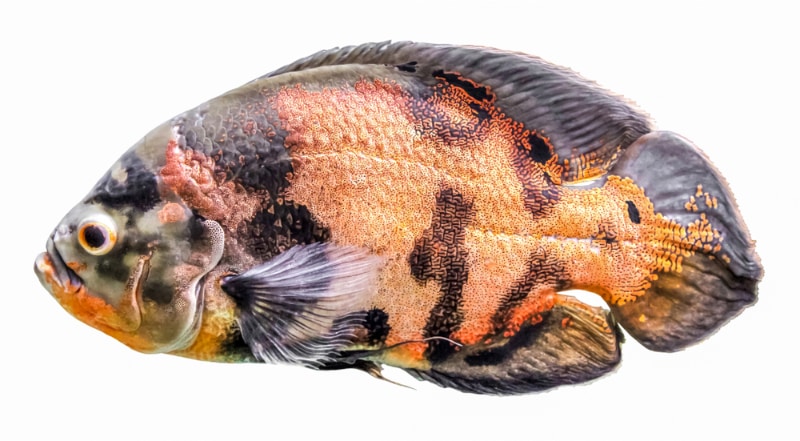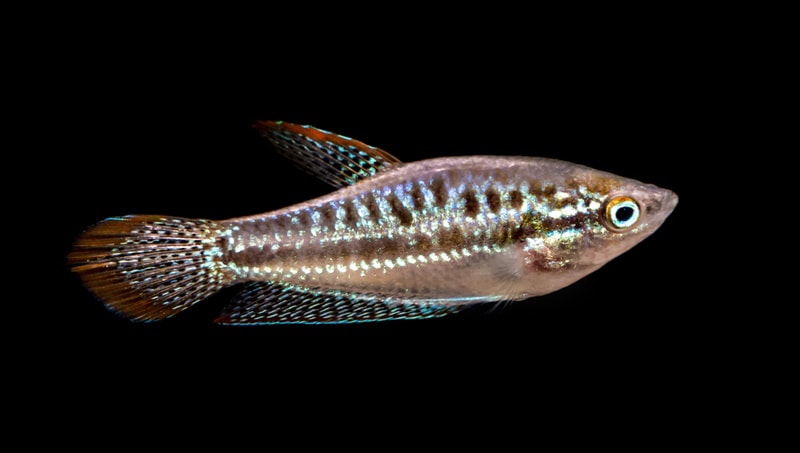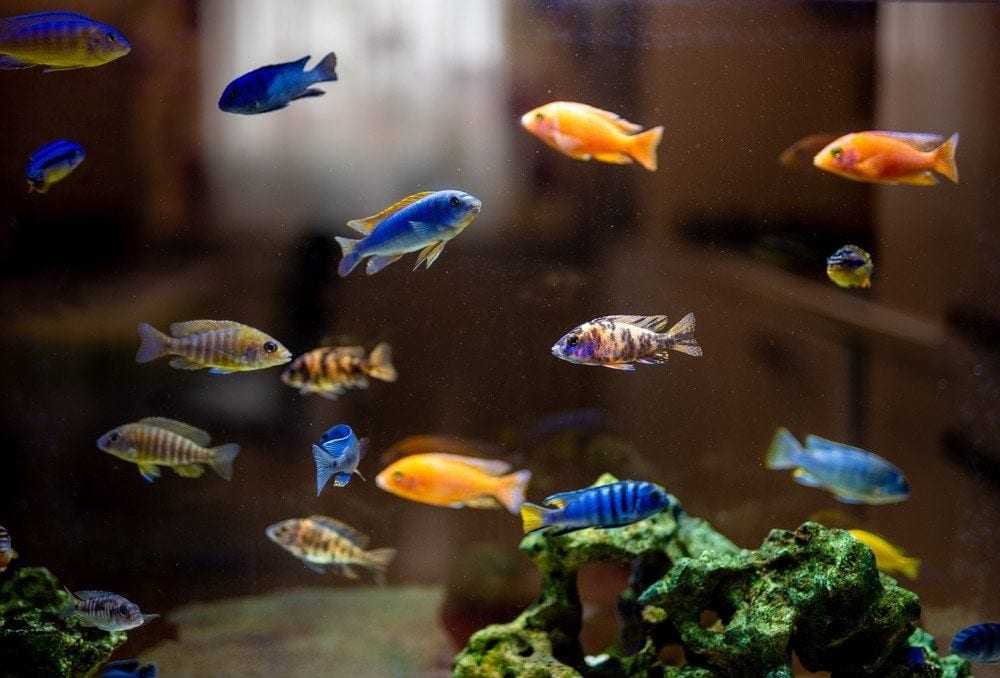How to Clear Murky Water: 7 Easy Methods

Updated on
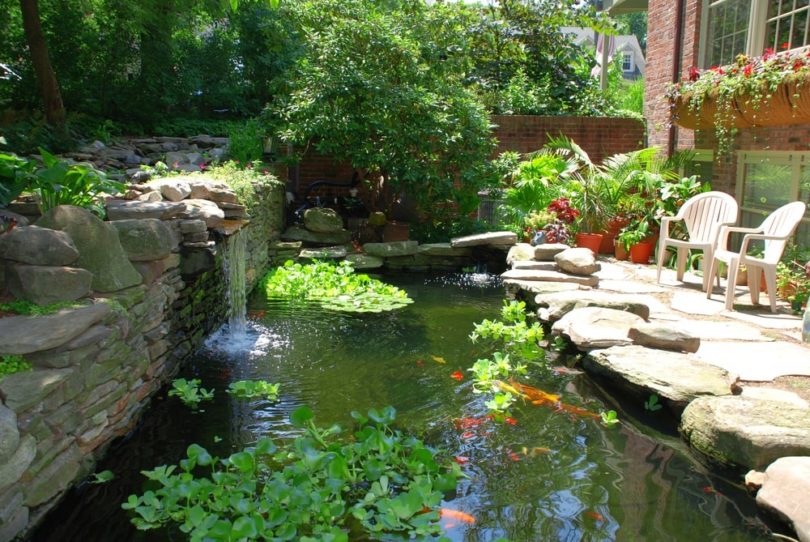
If you have created a pond on our property, you are likely to that keeping the water clean can be quite challenging, and if you are trying to raise fish or another animal, murky waters will pose a risk to their health. There are several reasons your water might be cloudy, but luckily, it’s usually not too difficult to clear it up.
If you want to keep your water clear, keep reading while we discuss several methods you can use if you start to notice a problem. We’ll also discuss why the water gets cloudy, especially in new ponds, to help you create the best possible habitat for fish, ducks, frogs, salamanders, turtles, and more.
Why Does My Pond Water Get Cloudy?
Too Many Solids
The simple reason your pond water is cloudy is that there are too many tiny particles suspended in it, blocking your view of the bottom. These particles can have several sources, including decaying plant matter and dirt that washes into the pond along the edges when it rains. Soil that contains a lot of clay is especially good at clouding the water. However, in many cases, cloudy water is caused by overfeeding. Many people new to maintaining a pond tend to overfeed the fish until they gain some experience.
Overfeeding causes two things to happen, the excess food will remain in the water and break down into the tiny particles that cloud the water, and the fish will create more poop that will also cloud the water. It’s better to feed too little because the fish will also get food from the habitat.
No Helpful Bacteria
My people new to maintaining a pond might not realize there is more to it than just the water and the fish you stock. Your pond requires a strong colony of helpful bacteria to break down the tiny, suspended particles we just mentioned. These bacteria will clear the water without harming your fish or other life. However, if you just built your pond, the bacteria colony probably isn’t formed.
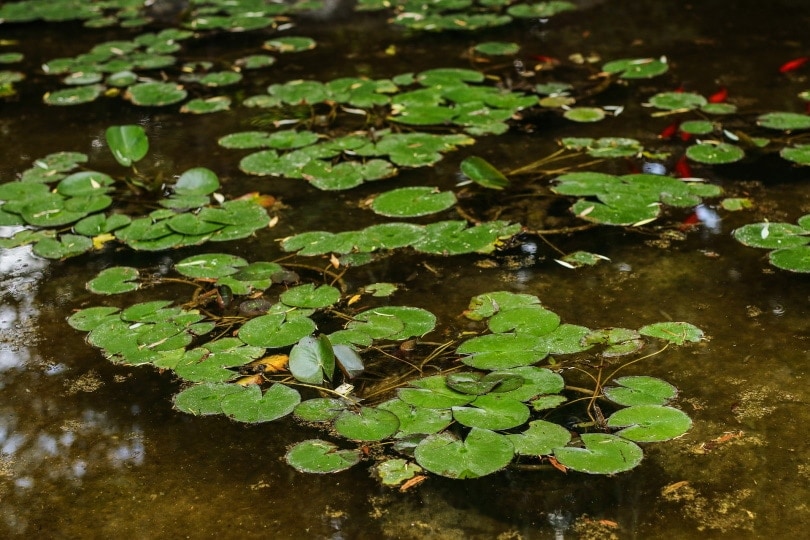
Season Change
As the seasons change, the amount of sunlight available to the water will change, as will the temperature. In many places, the amount of natural water added to the pond through rain will also change, and these differences will throw the delicate ecosystem off balance, which might allow more algae to grow, which could cloud the water and affect the colony of bacteria.
The 7 Ways to Clean Murky Water
1. Use Pond Test Strips
You should test the water in your pond frequently. Smaller ponds can change faster, and you will need to check them almost daily. Test strips are essential for keeping the water chemistry in check, which will lead to cleaner and clearer water that’s healthier for all life. Each of the tabs on the stick will give you a reading, and there are commercial products available that will help you get them in the desired range.
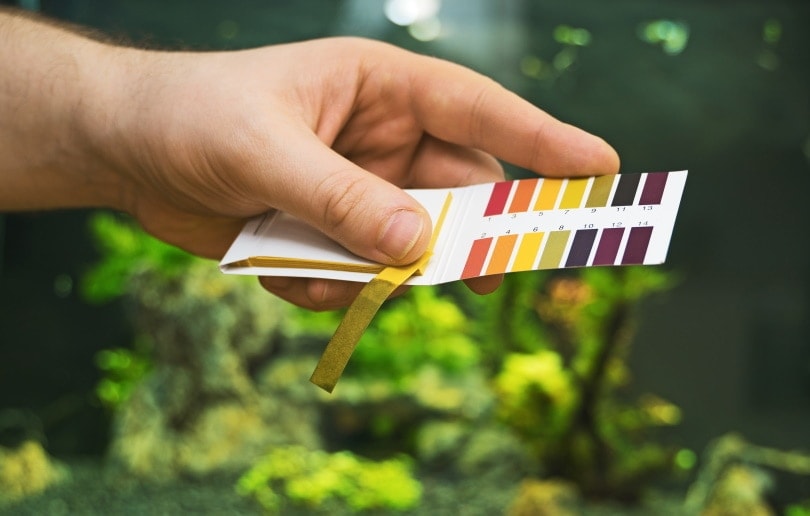
2. Wait
Nobody likes to hear it, but if you just installed your pond, you should not put any fish into it until the bacteria colony has a chance to form. Let the pond “work” for a while until you notice the water gets cloudy and clears up by itself. When the water becomes clear, it means the bacteria colony is healthy enough for you to begin adding fish. However, it would be best to introduce the fish slowly, allowing plenty of time for the bacteria colony to adjust. If the water begins to cloud, you are overloading it.
It would be best if you also waited when the seasons are changing to allow the bacteria to adjust to the differences in temperature and light and when it rains to allow particles washed into the pond time to settle to the floor.
3. Supplemental Bacteria
If you are tired of waiting for things to occur naturally and want to give the bacteria colony in your pond a boost to speed things up, there are several commercial products you can use. You will usually find them with pond cleaners, and they can be quite effective at energizing a sluggish ecosystem. Not only is it effective for getting a new pond ready for fish, but it’s also good during seasonal bursts of algae.
4. Remove Any Floating Algae
Floating algae will prevent light from reaching the pond, which will cause more algae and harmful bacteria to grow, clouding the water. If you have fish, the lack of light can also affect their health. If you have a small pond or a boat, an ordinary pool net can help you get the larger debris. An automatic pond skimmer can also be a fantastic tool.
5. Remove Contaminants
If you have a lot of sludge and other contaminants in your pond, it could be overloading your bacteria, causing the pond to be cloudy. Once you have the top clear of algae, remove whatever contaminants you can.
6. Flocculant
You can help tiny particles like clay by adding a flocculant to the water. Flocculants bind to the tiny particles can cause them to become heavier and fall to the pond floor. You can then use a vacuum to remove the particles. Flocculants are often the fastest way to clear a cloudy pond, and it stays in the water, helping to keep it clear.
7. Reduce Feeding
If you continue to have cloudy water after taking all of the steps mentioned and are adding food to the water, we recommend cutting back or eliminating it. If your pond is more than a year old, there is a good chance that it is the source of your problem. The fish have likely found other sources of food and no longer require additional help. Fish will not overeat, so the food you are adding is likely being left to break down and cloud the water.
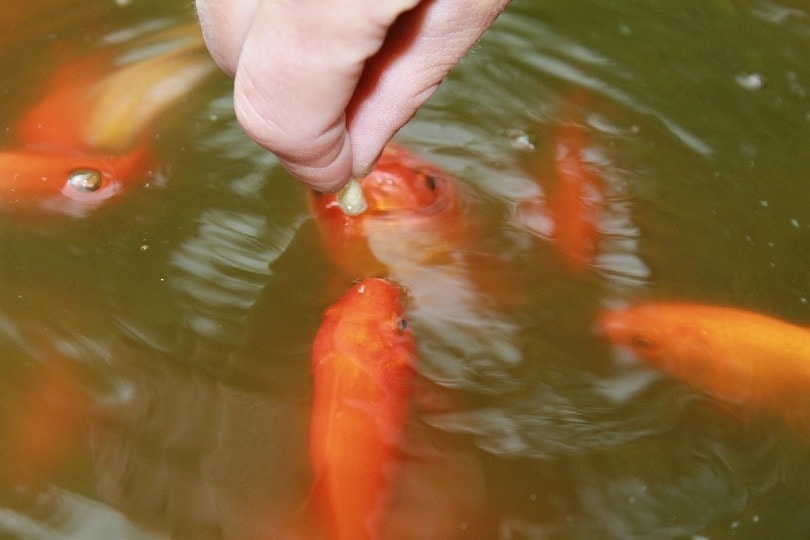
Summary
In our experience with ponds, the two most common reasons they are cloudy are because the owner didn’t give the new pond enough time to grow the bacteria it needs to break down particles or they don’t check the test strips frequently enough. If the pH isn’t correct or nitrites get too high, it can disrupt the delicate ecosystem leading to cloudy water. If you keep the water chemistry correct and allow enough time for the bacteria to grow, we are confident the rest of the steps on this list will effectively keep your water clean and clear.
We hope you have enjoyed reading over this short guide and found it helpful in answering your questions. If we have helped you improve your fish’s water quality, please share these seven steps to clear murky water on Facebook and Twitter.
You may also like:
- 9 Best Pond Pumps – Reviews & Top Picks
- 6 DIY Outdoor Turtle Ponds You Can Build Today (With Pictures)
Featured Image Credit: Lisa Ewing, Shutterstock



